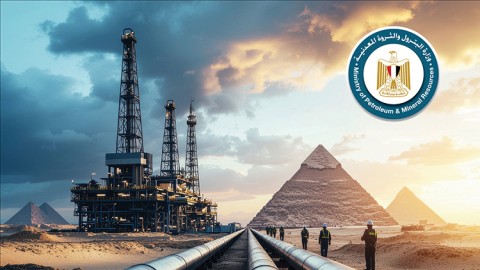The Organization of the Petroleum Exporting Countries (OPEC) and some non-OPEC oil producers reaffirmed their commitment to oil production cut reached in 2016, Xinhua informed.
According to Saudi Energy Minister, Khalid al-Falih, oil market fundamentals were already improving after the agreement, and oil prices are up more than 10% since the output curb deal was struck in November 2016, stabilized above $50.
The kingdom led a pact between the OPEC and other major producers, such as Russia and Kazakhstan, to cut global crude output by about 1.8mb/d from January to July 2017, Channel News Asia reported.
Al-Falih further stated that global oil demand would grow by 1.5mb/d in 2017, and increased output from the United States, Brazil and Canada would be more than offset by natural declines in aging fields.
Still, he cautioned against any “irrational exuberance” among investors. According to him, inventories in developed countries remain about 300mb above the norm.
It was premature to consider whether the cuts should be continued into the second half of 2017 or not, he said. Those discussions would be held in May, when OPEC next meets.












